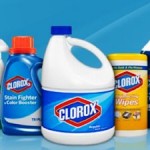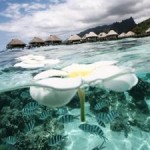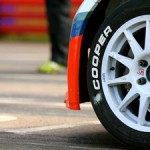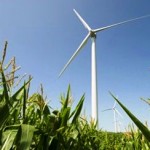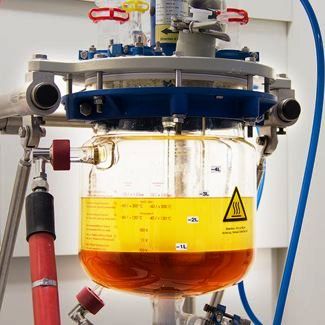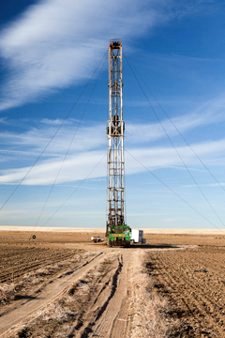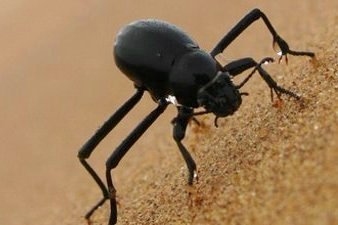
In the Namib Desert of Africa, the fog-filled morning wind carries the drinking water for a beetle called the Stenocara.
Tiny droplets collect on the beetle’s bumpy back. The areas between the bumps are covered in a waxy substance that makes them water-repellant, or hydrophobic (water-fearing). Water accumulates on the water-loving, or hydrophilic, bumps, forming droplets that eventually grow too big to stay put, then roll down the waxy surface.
The beetle slakes its thirst by tilting its back end up and sipping from the accumulated droplets that fall into its mouth. Incredibly, the beetle gathers enough water through this method to drink 12 percent of its body weight each day.
More than a decade ago, news of this creature’s efficient water collection system inspired engineers to try and reproduce these surfaces in the lab. Small-scale advances in fluid physics, materials engineering and nanoscience since that time have brought them close to succeeding.
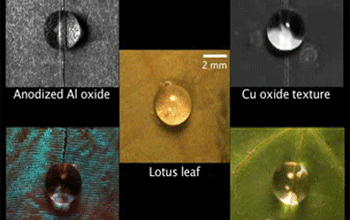
These tiny developments, however, have the prospect to lead to macro-scale changes. Understanding how liquids interact with different materials can lead to more efficient, inexpensive processes and products, and might even lead to airplane wings impervious to ice and self-cleaning windows.
Beetle Bumps in the Lab
Using various methods to create intricately patterned surfaces, engineers can make materials that closely mimic the beetle’s back.
“Ten years ago no one had the ability to pattern surfaces like this at the nanoscale,” says Sumanta Acharya, a National Science Foundation (NSF) Program Director. “We observed naturally hydrophobic surfaces like the lotus leaf for decades. But even if we understood it, what could we do about it?”
What researchers have done is create surfaces that so excel at repelling or attracting water they’ve added a “super” at the front of their description: superhydrophobic or superhydrophilic.
Many superhydrophobic surfaces created by chemical coatings are already in the marketplace (water-repellant shoes! shirts! iPhones!).
However, many researchers focus on materials with physical elements that make them superhydrophobic. These materials have micro or nano-sized pillars, poles or other structures that alter the angles at which water droplets contact their surface. These contact angles determine whether a water droplet beads up like a teeny crystal ball or relaxes a bit and rests on the surface like a spilled milkshake. By varying the layout of these surfaces, researchers can now trap, direct and repulse small amounts of water for a variety of new purposes.
“We can now do things with fluids we only imagined before,” says mechanical engineer Constantine Megaridis at the University of Illinois at Chicago. Megaridis and his team have two NSF grants from the Engineering Directorate’s Division of Chemical, Bioengineering, Environmental and Transport Systems.
“The developments have enabled us to create devices – devices with the potential to help humanity – that do things much better than have ever been done before,” he says.
Megaridis has used his beetle-inspired designs to put precise, textured patterns on inexpensive materials, making microfluidic circuits. Plastic strips with superhydrophilic centers and superhydrophobic surroundings that combine or separate fluids have the potential to serve as platforms for diagnostic tests (Watch “The Ride of the Water Droplets” below).

